Leo Diamond and Regular Diamond are two popular options when it comes to buying diamonds. This article will provide a detailed comparison of these two options in terms of cuts, colors, clarity, brilliance, fire, and pricing.
Table of Contents
- 0.1 Comparison of Leo Diamond and Regular Diamond
- 0.2 Leo Diamond vs. Regular Diamond: Cuts and Sparkle
- 1 Differences in Leo Diamond and Regular Diamond Colors
- 2 Leo Diamond vs. Regular Diamond Clarity Grades
- 3 Leo Diamond vs. Regular Diamond: Brilliance and Fire
- 4 Leo Diamond vs. Regular Diamond: Price Comparison
- 5 Conclusion
Comparison of Leo Diamond and Regular Diamond
When comparing Leo Diamond and Regular Diamond, it is important to consider factors such as cut, color, clarity, brilliance, fire, and pricing. Leo Diamond is known for its superior cut, sparkle, and precision, while Regular Diamond offers a range of cuts and quality options at different price points.
Leo Diamond vs. Regular Diamond: Cuts and Sparkle
Leo Diamond is renowned for its superior cut, which maximizes sparkle and brilliance. It is known for its precise cut angles and proportions, resulting in exceptional light performance. Regular diamonds offer a variety of cuts, ranging from good to excellent, giving buyers a range of options to fit their budget and preferences.
Differences in Leo Diamond and Regular Diamond Colors
When it comes to color, Leo Diamond offers a range of options from D to J on the GIA color scale. Regular diamonds also have various color grades, but the options may be broader, ranging from D to Z.
Leo Diamond Color Grading
Leo Diamond color grading ranges from D to J on the GIA color scale. Each color grade represents a slight variation in color, with D being the most colorless and J having a slight yellow tint.
Regular Diamond Color Grade Comparison
Regular diamonds are graded on the GIA color scale from D to Z. The color grade D represents a pure white diamond, while the grade Z indicates a diamond with a noticeable yellow or brown tint.
Leo Diamond vs. Regular Diamond Clarity Grades
The Leo Diamond and regular diamonds are both graded on their clarity, which refers to the presence of any internal or external flaws. The Leo Diamond is known for its exceptional clarity, with most diamonds falling in the VS2 to SI2 range.
Regular diamonds can vary in clarity, with some having higher clarities and others with more visible flaws. Both options offer a range of clarity grades to suit individual preferences and budgets.
Leo Diamond Clarity Characteristics
Leo Diamonds are known for their exceptional clarity, with most falling in the VS2 to SI2 range. They have minimal visible inclusions, making them highly prized for their brilliance and sparkle.
Regular Diamond Clarity Features
Regular diamonds have a range of clarity characteristics, ranging from flawless to included. They may have visible inclusions that affect their sparkle and brilliance. Regular diamonds are typically graded on a scale from FL (flawless) to I (included).
Leo Diamond vs. Regular Diamond: Brilliance and Fire
When it comes to brilliance, Leo Diamonds are known for their exceptional sparkle and radiance. The precise cut of the Leo Diamond maximizes light reflection, creating a stunning display of brilliance. Regular diamonds, while still beautiful, may not exhibit the same level of brilliance as the Leo Diamond.
Additionally, when it comes to fire, the Leo Diamond showcases exceptional dispersion of light, resulting in vibrant flashes of color.
Regular diamonds may also display fire, but it may not be as pronounced as in the Leo Diamond. Overall, the Leo Diamond excels in both brilliance and fire, making it a truly dazzling choice for those seeking maximum sparkle and scintillation in their diamond.
The Brilliance of Leo Diamond
The Leo Diamond is renowned for its exceptional brilliance. Its precise cut maximizes light reflection, creating a stunning display of sparkle and radiance that sets it apart from regular diamonds. The Leo Diamond truly shines bright.
Comparing Fire in Leo Diamond and Regular Diamond
When it comes to comparing the fire in a Leo Diamond and a regular diamond, the Leo Diamond outshines the competition. Its precise cut allows for superior light dispersion, resulting in a mesmerizing display of vibrant colors. The regular diamond, although beautiful, typically falls short in comparison.
Leo Diamond vs. Regular Diamond: Price Comparison
When it comes to price, the Leo Diamond tends to have a higher price range compared to regular diamonds. The precision cut and superior quality of the Leo Diamond contribute to its higher cost.
Leo Diamond Pricing Factors
The pricing of a Leo Diamond is influenced by several factors such as the carat weight, color grade, clarity grade, and cut quality. The precision cut and superior craftsmanship of the Leo Diamond contribute to its higher price range.
Regular Diamond Price Range Comparison
Regular diamonds come in a wide range of price points based on their carat weight, color grade, clarity grade, and cut quality. The pricing of regular diamonds can vary significantly, with options available for every budget and preference.
Conclusion
In conclusion, both the Leo Diamond and regular diamonds offer a range of options to suit different preferences and budgets. The Leo Diamond stands out with its unique cut and exceptional brilliance, but regular diamonds also offer a wide selection of colors, clarity grades, and price points for customers to choose from. Ultimately, the choice between the Leo Diamond and regular diamonds will depend on individual preferences and budget.
Summary of Leo Diamond vs. Regular Diamond
The Leo Diamond offers a unique cut and exceptional brilliance, while regular diamonds provide a range of options in colors, clarity grades, and price points. The choice depends on individual preferences and budget.
Making the Choice: Which Diamond is Right for You?
When it comes to choosing between a Leo Diamond and a regular diamond, the decision ultimately comes down to personal preferences and budget. Consider factors such as cut, sparkle, color, clarity, brilliance, fire, and price to determine which diamond is the right fit for you.
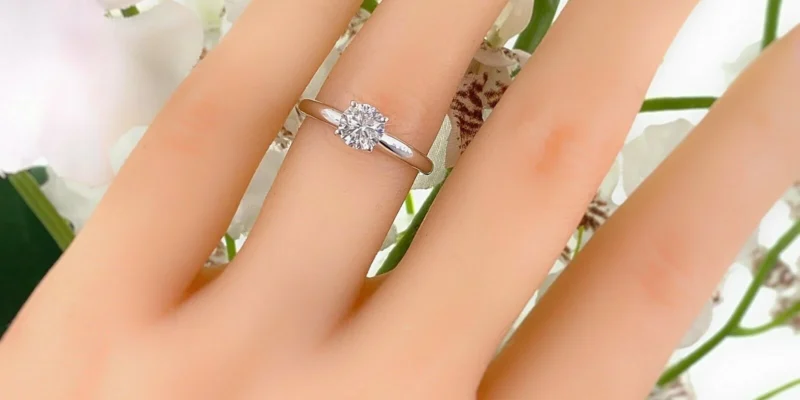
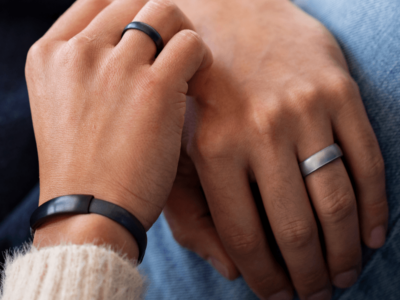
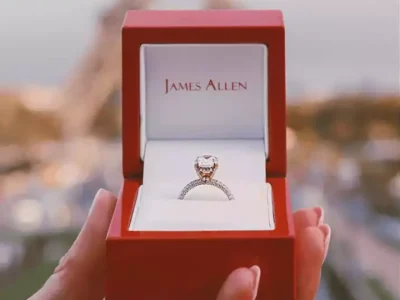

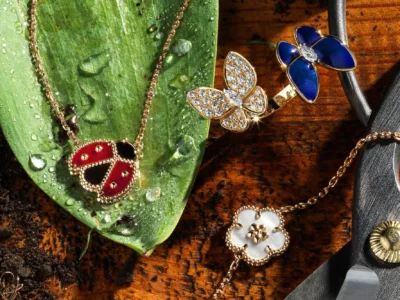
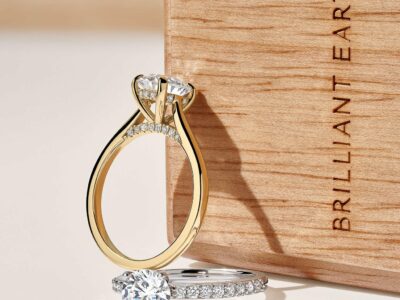
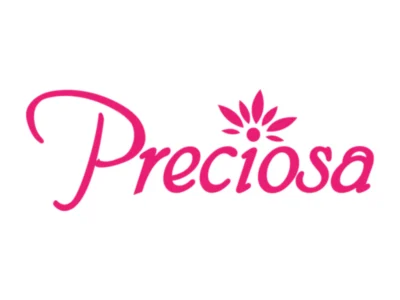
Comments